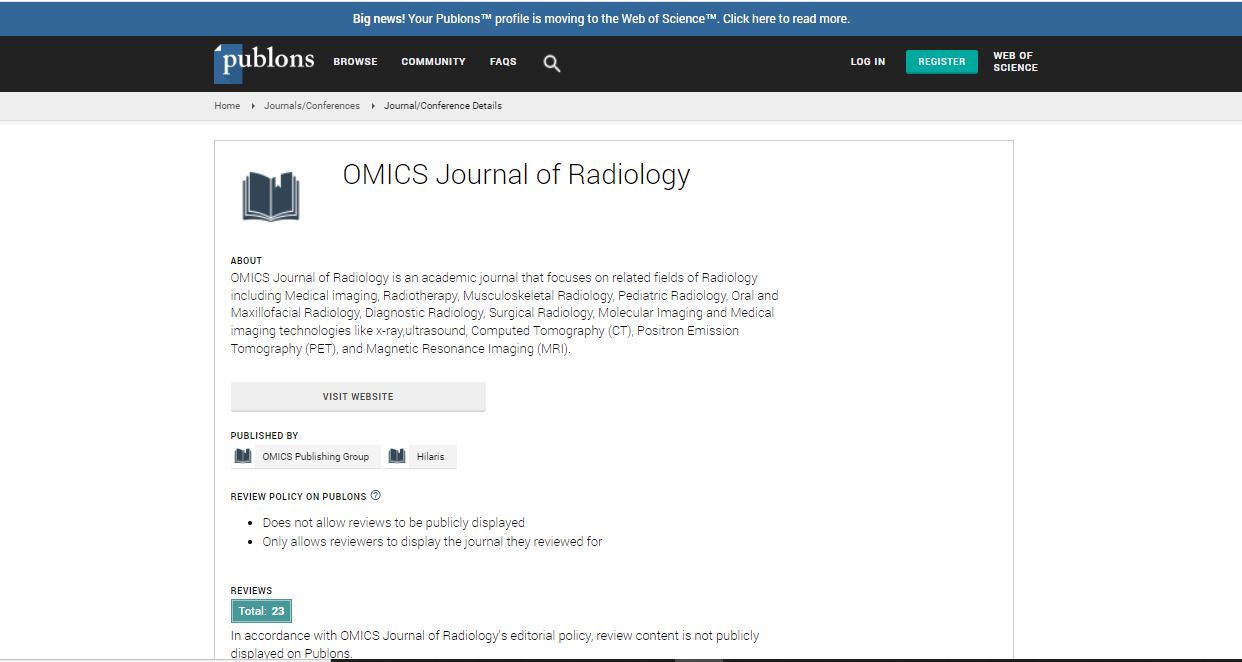Case Report
Adductor Muscle Atrophy Due to Obturator Nerve Compression by Metastatic Lymph Node Enlargement–A Rare Complication of Recurrent Bladder Cancer
| Dhiren J Shah1*, Allan C Andi1, Keith Ramesar2 and Gillian Watson MT3 | |
| 1Department of Radiology, Guy’s and St. Thomas’ Hospitals NHS Foundation Trust, London, UK | |
| 2Departments of Histopathology, Eastbourne District General Hospital, East Sussex Hospitals NHS Trust, East Sussex, UK | |
| 3Diagnostic Radiology, Eastbourne District General Hospital, East Sussex Hospitals NHS Trust, East Sussex, UK | |
| Corresponding Author : | Janice Dhiren J Shah Department of Radiology Guy’s and St. Thomas’ Hospitals NHS Foundation Trust, London, UK E-mail: dhirenshah@nhs.net |
| Received March 13, 2013; Accepted March 28, 2013; Published April 04, 2013 | |
| Citation: Shah DJ, Andi AC, Ramesar K, Gillian Watson MT (2013) Adductor Muscle Atrophy Due to Obturator Nerve Compression by Metastatic Lymph Node Enlargement–A Rare Complication of Recurrent Bladder Cancer. OMICS J Radiology 2:122. doi: 10.4172/2167-7964.1000122 | |
| Copyright: © 2013 Shah DJ, et al. This is an open-access article distributed under the terms of the Creative Commons Attribution License, which permits unrestricted use, distribution, and reproduction in any medium, provided the original author and source are credited. | |

 Spanish
Spanish  Chinese
Chinese  Russian
Russian  German
German  French
French  Japanese
Japanese  Portuguese
Portuguese  Hindi
Hindi 
